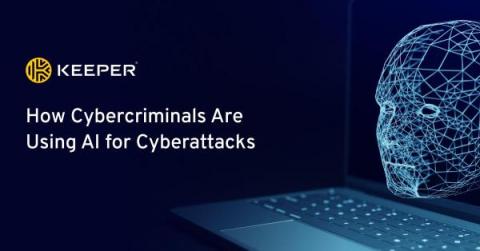How Cybercriminals Are Using AI for Cyberattacks
Cybercriminals are using AI to carry out various cyberattacks including password cracking, phishing emails, impersonation and deepfakes. It’s important you understand how cybercriminals are using AI to their advantage so you can better protect yourself and family, as well as your accounts and data. Continue reading to learn about AI-enabled cyberattacks and what you can do to keep yourself safe.









